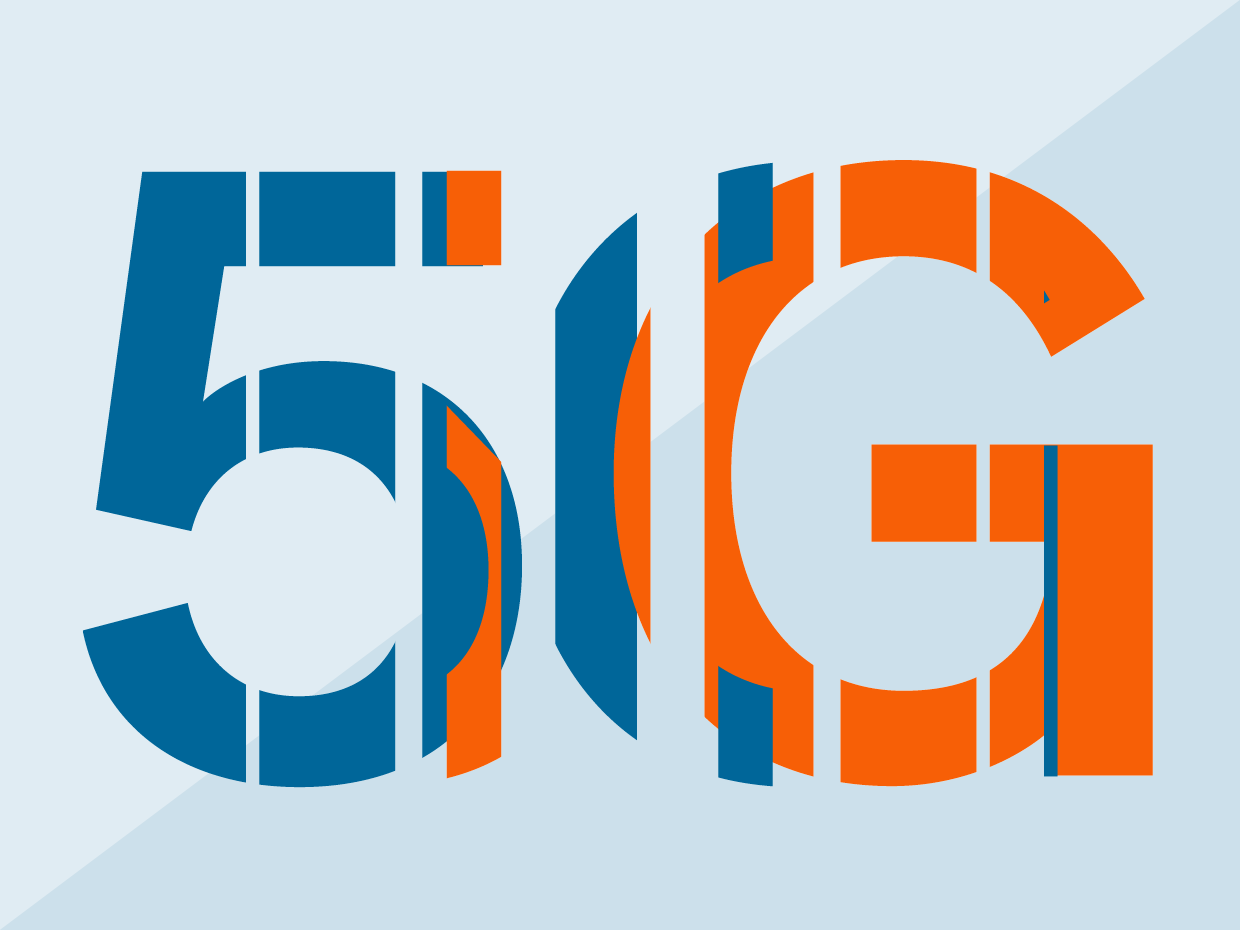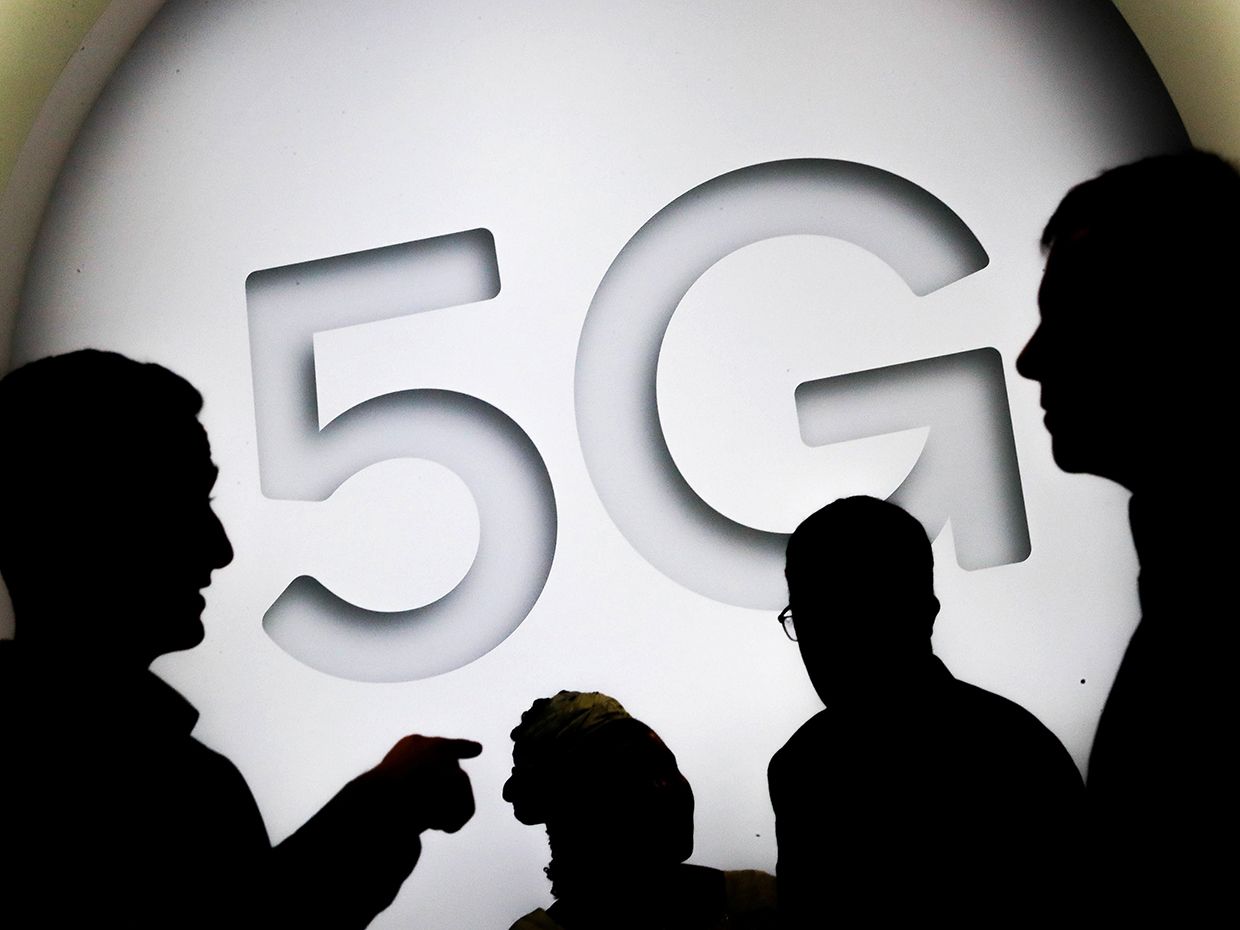If you concentrate to the hype about 5G, with its promises of self-riding automobiles and immersive virtual fact, it doesn’t take long to recognize how a good deal records the coming era of wi-fi will require. But have engineers been so preoccupied with handing over low-latency networks to feed records-hungry programs that they’ve forgotten approximately the rest of our extensive, tangled telecommunications network?
That challenge has sparked a few researchers to start thinking about wherein all that data will move after it travels from your phone to the nearest cellular tower.
The International Telecommunication Union, an agency of the United Nations that coordinates telecom infrastructure between nations, lately released a new recognition organization to, in a component, address a rising imbalance in our wi-fi communications. The institution, Network 2030—greater accurately, the ITU-T Focus Group Technologies for Network 2030 (FG NET-2030)—will discover approaches to shut the developing gap among the fixed and cell components of destiny communications networks.
The constant side and the cell facet are each part of the unified system that sends statistics to all of our wi-fi devices. Even so, Richard Li, the lead scientist of destiny networks at Huawei and the chairman of the ITU Network 2030 group, sees sufficient of a distinction to recollect them as two separate additives. And that difference is wherein he sees troubles beginning to emerge.
Think of the cellular aspect as the antennas and radio waves that at once deliver records to our gadgets. This is the facet that has gotten a whole lot of interest in current years with the appearance of 5G, together with beamforming, large MIMO, and millimeter waves. The constant aspect is the entirety else—together with antennas to beam data wirelessly among two fixed factors, and additionally the cables, fibers, and switches that cope with the giant majority of our lengthy-distance communications.
“In the previous few years, in 5G, people are working on the radio side. Right now, while people begin deploying, it’s the cellular side,” Li says. “But the fixed network facet is still 4G. They do not in shape.” Li is involved that, with the emphasis on bringing 5G to fruition to supply gigabit speeds to private gadgets, the more infrastructure has been omitted.
The upshot is that even as the bigger quantities of information heralded by 5G will zip via area infrastructure right now, older, less advanced infrastructure could very well throttle that same statistics over longer distances.
Li says that Network 2030 isn’t going to play capture-as much as 5G. Instead, as the call implies, the group will appearance beyond that era and think about what comes subsequently.
There’s no assurance that nowadays’s fixed networks can meet the guarantees of 5G
That said, he’s prepared to take an extensive view of what destiny generations of verbal exchange era will carry. When requested if the group might assume in phrases of viable 6G generation developments, Li says he turned into requested the equal query after a recent speech in Canada. “6G isn’t defined but,” changed into his solution both times. “I’m going to behave like a wily fox and permit different people to outline it.”
In reality, he doesn’t want the group to think in phrases of what 6G is probably, but alternatively what it would require of the network’s spine. “Fixed networks on the way to be capable of assist 6G networks: That’s the key,” he says.
A huge a part of the trouble is that plenty of how information movements thru our networks have been designed to be green for the cellular facet. In the method, it has become inefficient and vulnerable to clogging at the fixed side.
Take, as an example, two people sitting on a sofa, each streaming a soccer game on their telephones. Li explains that, currently, each tool will personally use a GPRS (General Packet Radio Service) Tunneling Protocol to talk with the network. In essence, GTP establishes a connection, called a tunnel, between every smartphone and the nearest router. Those tunnels allow each smartphone to speak with the router in my view, however, can create a lot of redundancy when the router sends statistics in addition into the infrastructure.
The hassle is that 5G promises low latency, but has little to mention on the topic of throughput
If human beings are each sitting on a couch and streaming the identical soccer game to their phones, for example, the router currently requests and receives copies of the same streaming statistics. “It’s a large waste, as it simply provides tunnel after tunnel at the fixed side,” says Li.
There’s no guarantee that these days’ constant networks can meet the guarantees of 5G, Li says. “It’s now great attempt,” he says. The hassle is that 5G guarantees low latency but has little to say on the subject of throughput. Low latency manner little if there are so many statistics packets transferring via the network that there are non-stop delays.
For instance, human beings sense dizzy using VR goggles if the motion delay when they observe something new is 20 milliseconds or more. 5G promises low sufficient latency to handle picture shooting, framing, transmitting, displaying—the whole thing wished for VR reviews in that time body—which Li estimates leaves only 5 to 7 ms to move the data via the network in each instruction.
But it received’t counts how speedy the network can generally supply the data if it’s usually swamped with the aid of tens of millions of VR customers. Most fixed networks clearly don’t have a high-enough throughput to push all that records without requiring it to attend at switches and routers like motors stuck at red lighting fixtures in the course of a rush hour.
And as some researchers have already commenced signifying, 6G will bring applications with even better throughput necessities. Li says self-reliant vehicles, big device-kind communications, tactile Internet, and holographic communications are all at the desk for the coming years. Despite the promises of the mobile side and people building it, the constant aspect simply can’t resist the approaching surge.
“Right now, we are in a phase of Internet allocation enlargement,” Li says. “Transport, fitness care, production: Low latency is vital in these kinds of cases.” For Li, the handiest realistic option is to think about those destiny networks now, to prevent a debilitating statistics deluge inside the future years.

